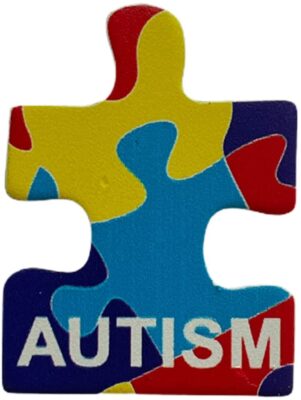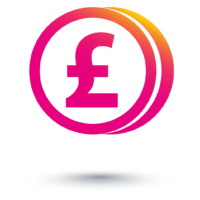It is often the case that disabled people have lots of decisions made for them, whether it’s what time the carers come to get them up or how fast someone pushes them through their favourite shop!
With symbols and badges being used for all disabilities are we creating awareness or are we labelling people again, without asking them what they would like?
An example of this type of badge is the wheelchair symbol, people have complained for a long time that it causes a disability hierarchy, people in a wheelchair are perceived as being more important (or at least more disabled) than someone who uses a cane for example.
Even worse is words that have been used for awareness and support such as the word Spastic which went on to become a playground insult. This resulted in the Spastic Society changing their name to Scope in 1994.


Autism Society Puzzle Piece Logo
The puzzle piece was initiated by the National Autism Society in the UK in 1963 and then used by an organisation in America, Autism Speaks. The campaigns and awareness of autism that they brought about were seen to be patronising and negative many people hate the puzzle symbol, yet it is still widely used, should we not be taking their feelings into account?
There is also the sunflower lanyard that has become more popular over the past few years, it was created to show someone has a hidden disability in shops and similar settings so that staff could offer any extra help if needed.
In recent years the colour purple has been increasingly associated with disability, symbolising a new positive narrative about the contribution of disabled people in the workforce and the wider community, the purple pound and the purple ribbon for example.

The Ribbon is also one of the widest used symbol, however with the amount of times it is used and all the colours that are represented does anyone actually know what they all stand for? There are at least 50 different colours used for cancers. Plus, the colour for all cancers is light purple (lavender) while epilepsy also uses the purple ribbon. Does this make for a more level playing field? Lots of organisations use the ribbon as a sign for disability, and then go on to use colour to differentiate, while it doesn’t immediately show people what the individual coloured ribbon represents it may draw an end to the potential argument of hierarchy amongst disabled people.
What do you think? Should we try to create an environment where all disabilities are treated equally or are we all individuals and so are our differences and therefore we should be loud and proud of our badges?
Thanks for reading
Gemma
Leave a Reply